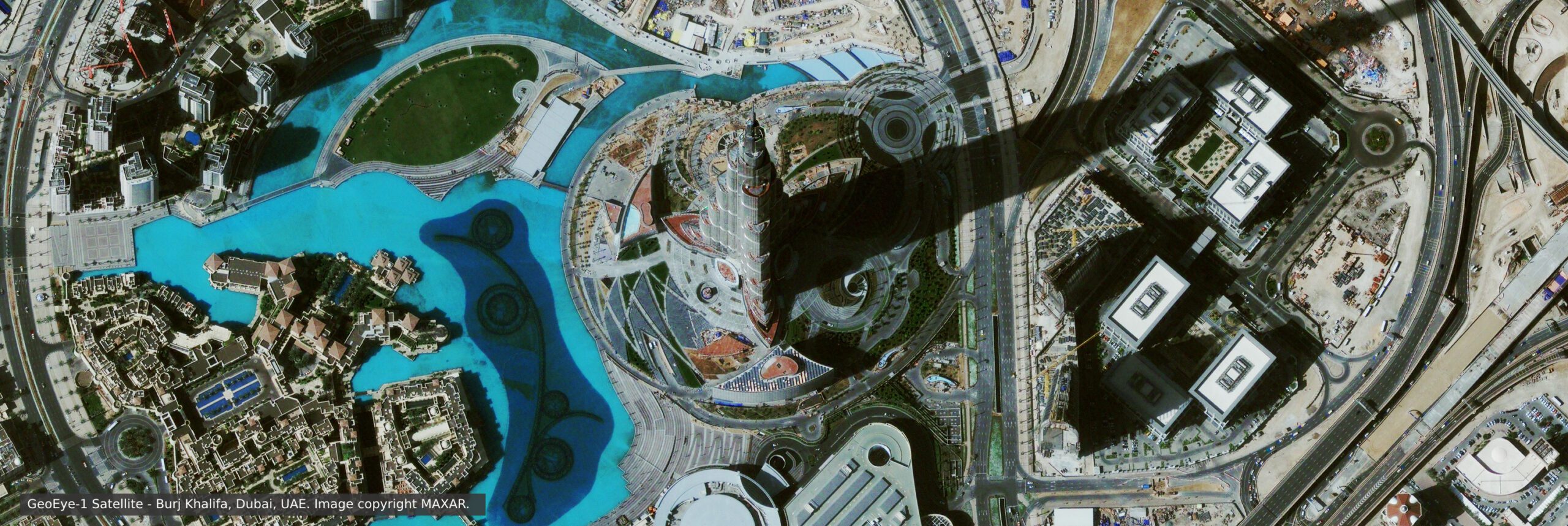Agriculture Crop Management Mapping
Satellite image data, combined with specialized software algorithms are used for various applications in agriculture to improve crop production. Scheduling and timing for the acquisition of satellite image data are very important for agriculture management to take important decisions supporting a successful crop season.
Scientists for many years have been using satellite remote sensing technology, utilizing medium to high-resolution satellite sensors to improve water balance and farming yield assessment on large geographical scales around the world. With the availability of high-resolution satellite sensors such as WorldView-4, WorldView-3, and WorldView-2, the current remote sensing NDVI algorithms utilized have become more accurate and reliable, providing detailed crop information for agriculture management to improve production and crop health.
(QuickBird — Copyright © DigitalGlobe/MAXAR)
FAO (Food and Agriculture Organization of the United Nations) data indicate that annually 2500 km3 of freshwater is used for agricultural production, which amounts to 70% of the water resources that the world population consumes in a year. China is now consuming more than twice as much as its ecosystems can supply sustainably, having doubled its needs since the 1960s, as indicated in a new WWF report. With the global population continuing to grow at a high pace, it is essential to optimize the use of water resources and increase agricultural production in view of the prospect of having to feed 8 billion humans by 2030.
Agriculture resources are among the most important renewable, dynamic natural resources. Comprehensive, reliable, and timely information on agricultural resources is very much necessary for countries whose main source of the economy is agriculture. Agriculture surveys are conducted throughout the nation in order to gather information and statistics on crops, rangeland, livestock, and other related agricultural resources. This data is most important for the implementation of effective management decisions.
Satellite images can show variations in organic matter and drainage patterns. Soils higher in organic matter can be differentiated from lighter sandier soil that has a lower organic matter content. “Satellite image data have the potential to provide real-time analysis for large areas of attributes of a growing crop that can assist in making timely management decisions that affect the outcome of the current crop,” said Leopold J. Romeijn, President of Satellite Imaging Corporation of Houston, Texas. However, like other precision agriculture technologies, the information gained from satellite imagery is more meaningful when used with other available data and visualized and analyzed with a 2D/3D Geographical Information System (GIS).
Satellite image analysis for agriculture production allows for:
– Fast and accurate overview
– Quantitative green vegetation assessment
– Underlying soil characteristics
– TreeGrading
Remote sensing satellite imaging is an evolving technology with the potential for contributing to studies for land cover and change detection by making globally comprehensive evaluations of many environmental and human actions possible. These changes, in turn, influence management, and policy decision-making. Satellite image data enable direct observation of the land surface at repetitive intervals and therefore allow mapping of the extent and monitoring and assessment of:
– Crop health
– Storm Water Runoff
– Change detection
– Air Quality
– Environmental analysis
– Energy Savings
– Irrigated landscape mapping
– Carbon Storage and Avoidance
– Yield determination
– Soils and Fertility Analysis


